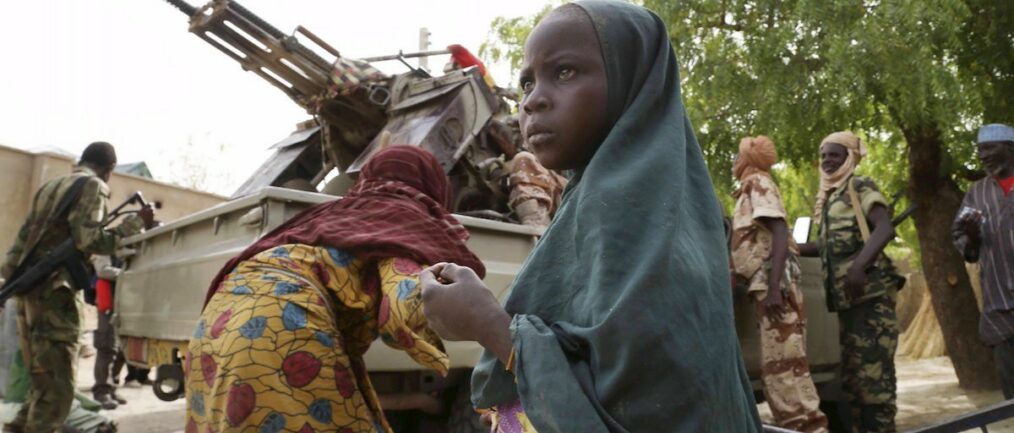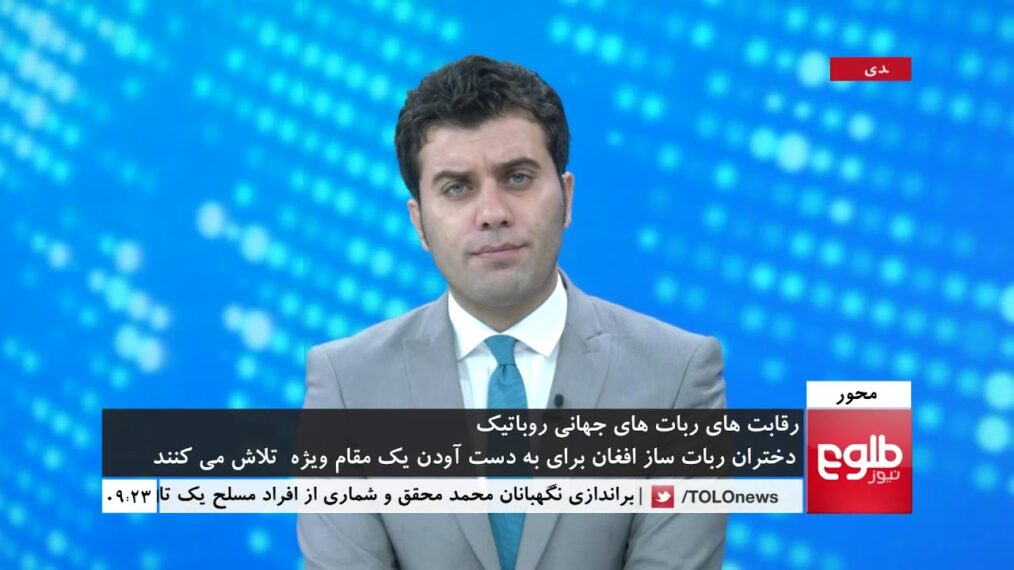The Flawed Narrative of Terrorist Attack Claims
Every extremist or terrorist group has branded itself as martyrs or freedom fighters, fighting against unjust governments, economic systems, or religious institutions. And yet simultaneously, the same groups often either explicitly target civilians or use tactics that show little regard for humanitarian consequences, including roadside IEDs and suicide car bombs.
Luckily for citizens seeking to understand the war on extremism, the evolution of military and police intelligence as well as press corps able to dissect terrorist attacks, most attacks usually have a main suspect. From June 7th to August 12th of 2017, 53% of attacks had a suspected group responsible, while groups claimed responsibility only 16% of the time.
With the amount of claimed attacks relatively small, it’s hard to believe that they would accurately reflect the true damage that terrorists impose on society. In order to examine whether these claims can be trusted in profiling terrorist groups, we can look to a quick cross section of terrorist activity.
The following table displays the breakdown of target type for terrorist attacks which had suspected culprits versus claims of responsibility. All attacks took place between June 11th and August 7th, and all attacks were verified by two independent sources. The three groups were chosen based on how many attacks in both the Suspected and Claimed categories so that there would be a balance between the two when broken down. The numbers for the Taliban include attacks claimed or suspected to be performed by Tehreek-e-Taliban Pakistan, or TTP, a Pakistani offshoot of the Taliban. The results are shown below.
| Distribution of Target Types between Claimed and Suspected attacks for Three Terrorist Groups | ||||||
| Group | Attribution Level | Target type | Total | |||
| Civilian | Security | Political | Unknown | |||
| Al-Shabaab | Claimed | 1 (10%) | 7 (70%) | 2 (20%) | 0 | 10 |
| Suspected | 11 (61%) | 4 (22%) | 3 (17%) | 0 | 18 | |
| Total | 12 (43%) | 11 (39%) | 5 (18%) | 0 | 28 | |
| ISIS | Claimed | 3 (50%) | 1 (17%) | 2 (33%) | 0 | 6 |
| Suspected | 3 (43%) | 3 (43%) | 0 | 1 (14%) | 7 | |
| Total | 6 (46%) | 4 (31%) | 2 (15%) | 1 (8%) | 13 | |
| Taliban (including TTP) | Claimed | 1 (10%) | 8 (80%) | 1 (10%) | 0 | 10 |
| Suspected | 3 (50%) | 3 (50%) | 0 | 0 | 6 | |
| Total | 4 (25%) | 11 (69%) | 1 (6%) | 0 | 16 | |
| *All data provided by the Rise To Peace Active Intelligence Database | ||||||
Al-Shabaab and the Taliban appear to follow a similar pattern to each other: The groups tend to overstate how much they attack security targets, like police stations or military patrols, and overstate how many civilians they attack and kill. For example, while attacks on security targets made up only 39% of Al-Shabaab attacks, they comprised 70% of the attacks the groups claimed responsibility for. Similarly, only 10% of claimed attacks by the Taliban targeted civilians, but this occurred in 25% of their total suspected attacks.
While the small sample size and simple statistical display shown here may not constitute a completely thorough analysis, it confirms what anyone would suspect of such groups. Whether to attempt to boost their own legitimacy or avoid civilian and humanitarian backlash, terrorist groups have little incentive to claim responsibility on attacks in ways that accurately reflect what their attacks do. Always investigate and consider different perspectives when judging the actions of such violent groups. At Rise To Peace, we hope to mitigate these types of misinformation and flawed narratives in order to better inform people on the true evil of global extremism and terrorism.




